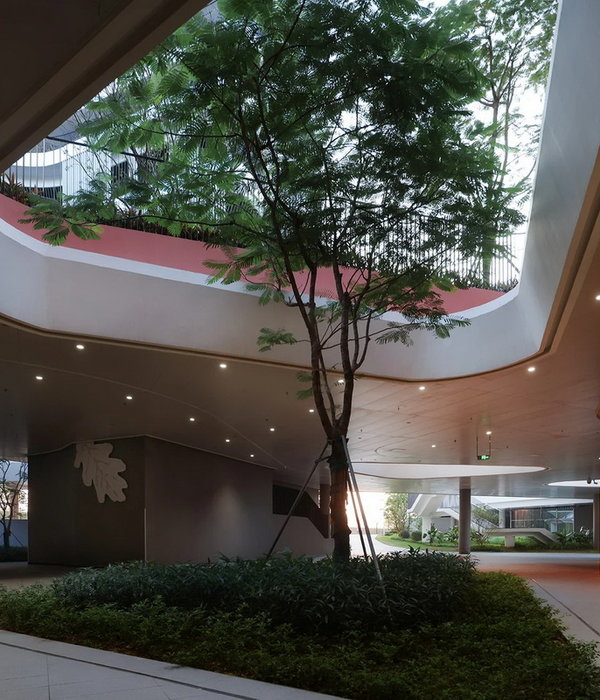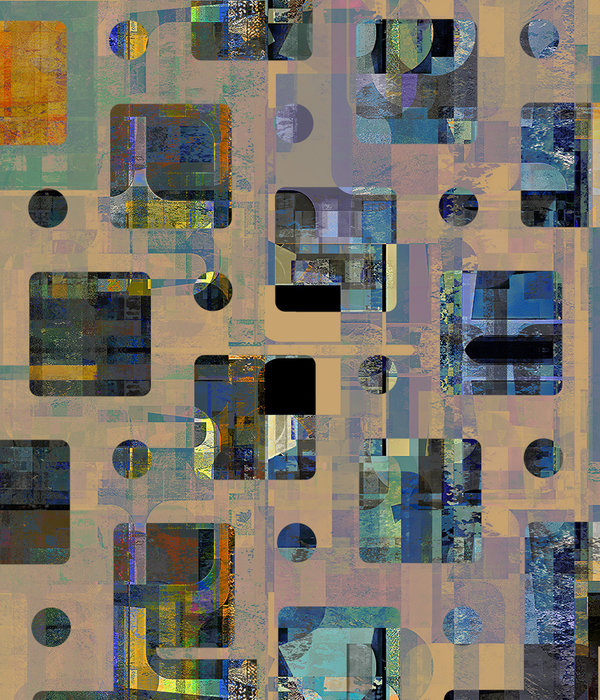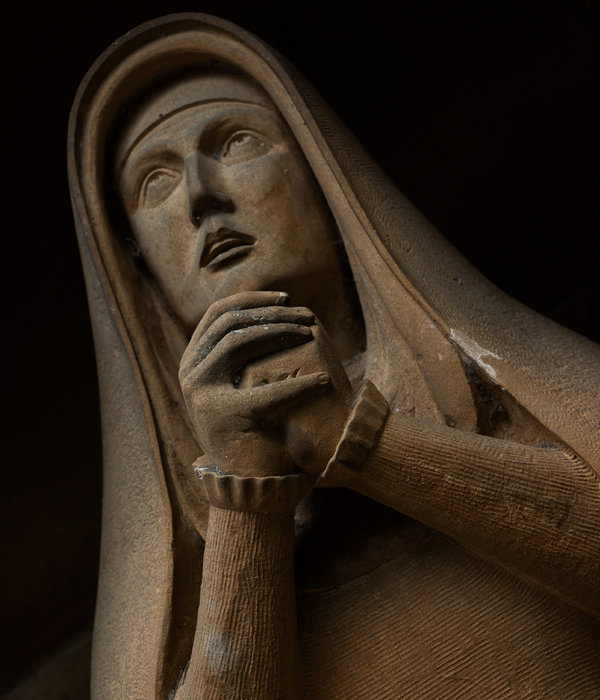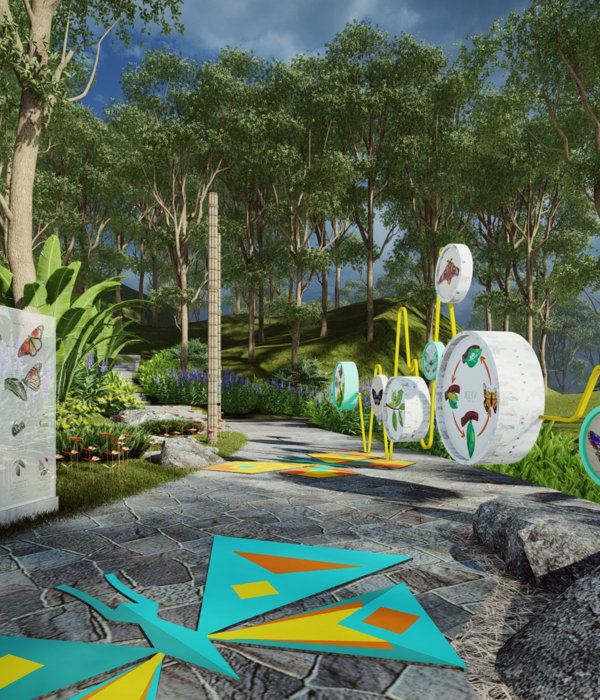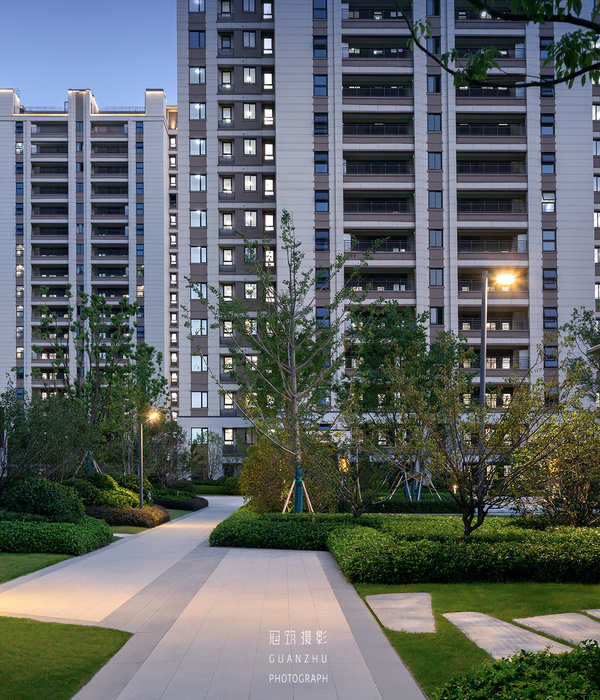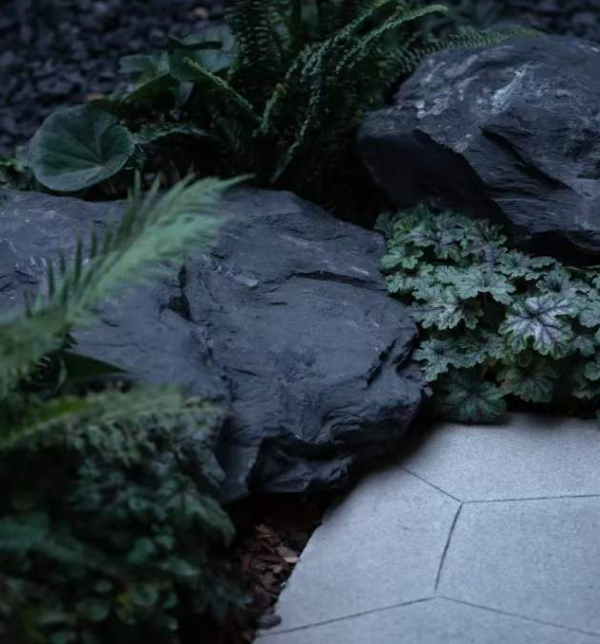Burial, cremation, and remembrance are the primary functions of De Nieuwe Ooster, the largest cemetery in Amsterdam. With a size of 33 hectares and 28,000 burial plots, De Nieuwe Ooster is the largest cemetery in the Netherlands in terms of the number of graves. The cemetery has been laid out in roughly three phases: in 1889, 1915, and 1928. The first and second phases were designed by Leonard Springer; the third by the public works department of the city of Amsterdam. De Nieuwe Ooster has been a national monument since 2003. In addition to the structural plan that karres+brands drafted for the De Nieuwe Ooster cemetery in 2005, the team has also created the design for the urn garden, located in the expansion’s third phase. The designs of the first two phases have a clear spatial quality. The design of the third phase is of significantly lower quality. Moreover, modifications and extensions have made this section unstructured and without identity.
A new identity has been designed for this third phase, wherein a strong but simple intervention was necessary. Instead of the three zones linked spatially to each other, each area gains its own character. By increasing the contrast between them, a clear tripartite division of the cemetery emerges in which the qualities of each area can better come into their own. The basis of the design is a zone with parallel bands of different widths. Each band has its own organising principle. Within this unified structure, choices of possibilities are created for the needs of every individual. Hedges divide the space into small-scale plots. The existing graveyards and the meadow for scattering ashes are incorporated in the zone as areas with green margins. Throughout the area are birches with multiple trunks, which constitute a common feature. The long pool and urn wall form spatial accents in the area, offering a special kind of urn garden.
{{item.text_origin}}

